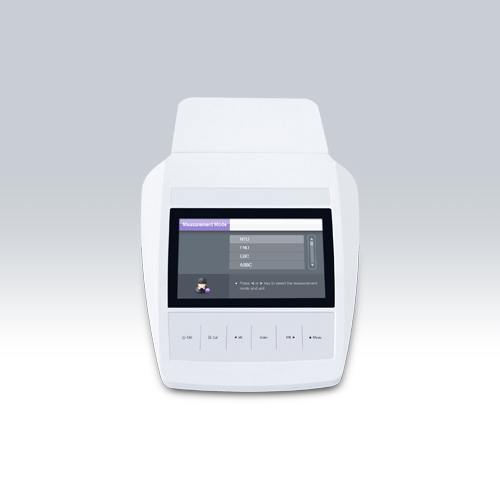Turbidity meters are commonly used as part of water quality inspection to determine water resource protection, as well as to verify compliance with industry standards or appropriate water quality standards. In addition, turbidity meters are used to investigate possible harmful effects on water, such as oil spills, fertilizers or crop fertilizers.
Turbidity in water is a common measure for indicating the amount of particles, such as bacterial plaques, clay, silt, algae, sediments, iron, or any other solid substances suspended in the liquid. Turbidity control is essential for water treatment, because high levels may indicate more unwanted microorganisms, such as organic particles and minerals, and may also have an impact on drinking water quality.
Control Measures
Turbidity control in water treatment is an activity that must be addressed from several different perspectives. From a technical point of view, there are a variety of processes that are used to measure or reduce water turbidity. A scientific approach to control turbidity requires the use of different types of equipment to perform reliable measurements and corrective actions. An approach to studying water conditions requires both an understanding of physical and chemical processes, as well as an understanding of historical and past levels of turbidity.
Methods of measuring turbidity include methods of measuring optical depth (OFT), transmitted infrared light (TIR), visible ultraviolet light (UV-Vis), light calorimeter (Lum), diffuse transmission (DT) and turbidity index (ITU). Turbidity is measured in the form of ferrer units such as FTU or NTU, which are related to concentration patterns. In general, the objective of turbidity control is to prevent or reduce levels to acceptable values.
Important Factors
It is important to bear in mind that in order to obtain drinking water, turbidity and concentration patterns should not exceed the limits set by the World Health Organization. If turbidity or concentrations exceed established limits, then chlorine disinfection should be done to remove pathogens as well as other chemical methods to reduce turbidity levels.
The accuracy of a turbidity meter depends greatly on the sensor’s performance. There are some factors that can influence a wrong reading, such as the size of the suspended particles, the depth of the liquid, and the direction of light entering the liquid from the sensor. In addition, turbidity meters do not measure all water quality parameters, which means that the law results obtained often need to be confirmed with other measuring instruments, such as a pH meter or a conductivity meter. In general, turbidity meters are useful tools to quantify the content of suspended material, or turbidity, in water bodies for various purposes. For example, they are widely used to verify compliance with water quality standards in applications involving wastewater treatment.
Turbidity Meter Brand Kalstein
At Kalstein we are leaders in manufacturing laboratory equipment, we have the best technology; we have it for you. We have the Turbidity Meters for the YR series. It has 4 selectable Turbidity Units including NTU, FNU, EBC and ASBC. The TSS conversion factor ensures accurate measurement of total suspended solids. If you want to know more about our product, we invite you to visit HERE We are manufacturers of the best laboratory equipment. We have the best advice so that your purchase is the most appropriate and at excellent prices. For more information, visit our website HERE


